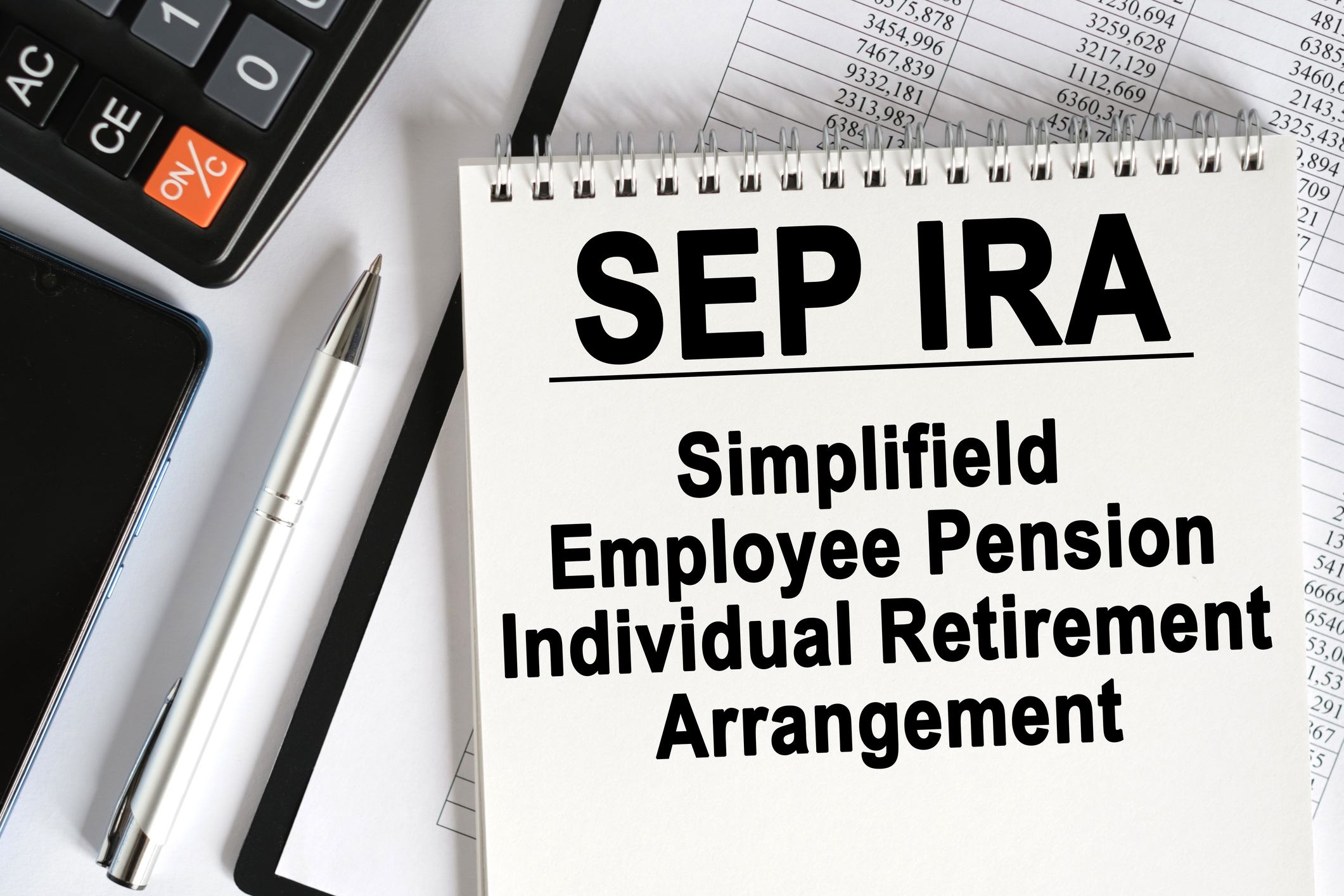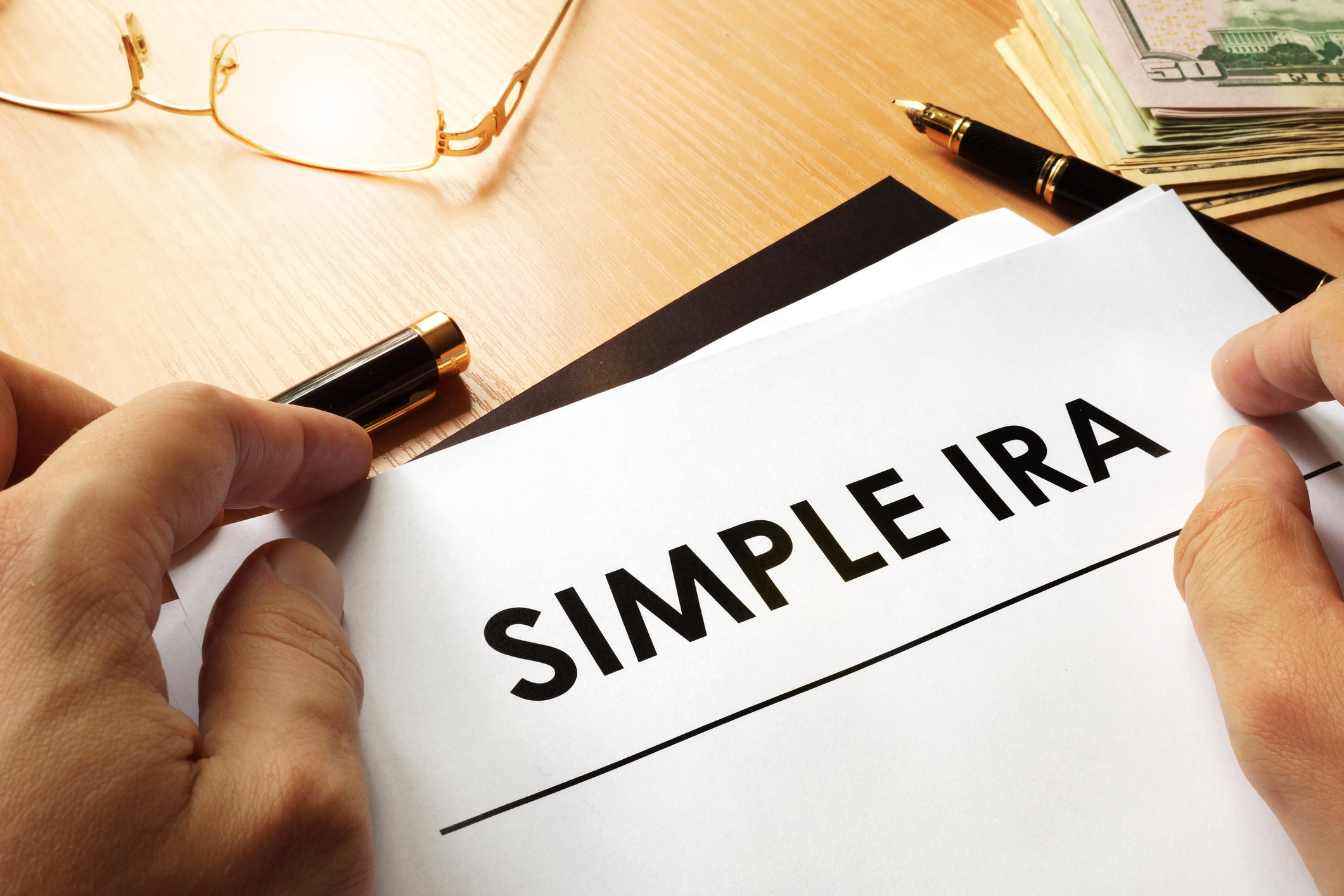What to Do With Old 401(k)s
Look at costs and investment options when deciding whether to roll 401(k) money into an IRA.

"I have several 401(k)s from previous jobs. Should I leave them alone or roll them into an IRA?"
A recent investigation by the Government Accountability Office found that departing employees who sought advice from the financial services firms that managed their 401(k)s were often pressured to roll their money into the firm's IRA. That's not always the best move.
Let it ride. With millions of dollars to invest, large 401(k) plans have access to institutional-class funds that typically charge lower fees than retail funds. That means you might pay higher fees in an IRA, even if it's with the same company that manages your 401(k) and you have access to many of the same funds. A new federal disclosure rule for 401(k) plans should make it easier to figure out how much you're paying in administrative, investment and transaction fees (see Decoding Your 401(k) Fees).
Fund selection is another advantage of a 401(k). The 15 or so stock, bond and target-date funds in a typical 401(k) plan have been picked by professionals who have a fiduciary obligation to employees, says Rick Meigs, president of 401khelpcenter.com. When you roll over your money to an IRA, you have thousands of funds to choose from, but that's an advantage only if you have the time and inclination to search through them.
From just $107.88 $24.99 for Kiplinger Personal Finance
Become a smarter, better informed investor. Subscribe from just $107.88 $24.99, plus get up to 4 Special Issues

Sign up for Kiplinger’s Free Newsletters
Profit and prosper with the best of expert advice on investing, taxes, retirement, personal finance and more - straight to your e-mail.
Profit and prosper with the best of expert advice - straight to your e-mail.
In many 401(k) plans, one of the options will be a stable-value fund. With recent average yields of 1.96%, these low-risk funds provide an attractive alternative to money market funds, and unlike bond funds, they won't get creamed if interest rates rise. In recent years, 401(k) assets in stable-value funds have soared. The funds are available only through employee retirement plans, says Alison Borland, vice-president of retirement solutions and strategies at Aon Hewitt.
Finally, if you need income after a layoff or early retirement, 401(k) plans offer more flexibility. If you leave your job or retire in the year you turn 55 or older, you can withdraw money from your 401(k) without triggering a 10% early-withdrawal penalty. (You'll still have to pay taxes, though.) If you roll the money into an IRA, you'll have to wait until you're 59 1/2 to take penalty-free withdrawals.
Reasons to roll it over. Sales pitches aside, if your former employer's 401(k) plan is riddled with lousy funds and high fees, moving your money to a low-cost IRA is a wise move. You may also want to roll it over if you're older than 59 1/2 and ready to take withdrawals. When it comes time to tap your savings for retirement, an IRA provider will allow you to take withdrawals whenever you want. Many 401(k) plans don't offer that kind of flexibility.
Orphaned 401(k) plans collected from past employers could make it difficult to determine whether your overall portfolio is appropriately diversified. Worse, you risk losing track of some of your savings. Meigs says he routinely hears from people who can't locate their 401(k) plans because their former employer filed for bankruptcy, changed its name or sold off the division they worked for.
One way around that problem is to roll your 401(k) accounts into your new employer's 401(k). Most large employers allow plan-to-plan rollovers, "but it's not as easy as it should be," Borland says. You may have to hound your former employer to fill out verification forms required by your new 401(k) plan.
Haven't yet filed for Social Security? Create a personalized strategy to maximize your lifetime income from Social Security. Order Kiplinger's Social Security Solutions today.
Profit and prosper with the best of Kiplinger's advice on investing, taxes, retirement, personal finance and much more. Delivered daily. Enter your email in the box and click Sign Me Up.

Block joined Kiplinger in June 2012 from USA Today, where she was a reporter and personal finance columnist for more than 15 years. Prior to that, she worked for the Akron Beacon-Journal and Dow Jones Newswires. In 1993, she was a Knight-Bagehot fellow in economics and business journalism at the Columbia University Graduate School of Journalism. She has a BA in communications from Bethany College in Bethany, W.Va.
-
 Should You Renew Your CD?
Should You Renew Your CD?With rate cuts impacting earnings, we examine if now is a wise time to renew CDs.
-
 7 Ways to Plan Now to Save on Medicare IRMAA Surcharges Later
7 Ways to Plan Now to Save on Medicare IRMAA Surcharges LaterUnderstand the critical two-year lookback period and why aggressive planning before you enroll in Medicare is the most effective way to minimize IRMAA.
-
 Law Reversal Looming? Trump Eyes 2026 Gambling Winnings Tax Change
Law Reversal Looming? Trump Eyes 2026 Gambling Winnings Tax ChangeTax Deductions It's no secret that the IRS is coming after your gambling winnings in 2026. But how long will that last?
-
 457 Plan Contribution Limits for 2026
457 Plan Contribution Limits for 2026Retirement plans There are higher 457 plan contribution limits in 2026. That's good news for state and local government employees.
-
 Medicare Basics: 12 Things You Need to Know
Medicare Basics: 12 Things You Need to KnowMedicare There's Medicare Part A, Part B, Part D, Medigap plans, Medicare Advantage plans and so on. We sort out the confusion about signing up for Medicare — and much more.
-
 The Seven Worst Assets to Leave Your Kids or Grandkids
The Seven Worst Assets to Leave Your Kids or Grandkidsinheritance Leaving these assets to your loved ones may be more trouble than it’s worth. Here's how to avoid adding to their grief after you're gone.
-
 SEP IRA Contribution Limits for 2026
SEP IRA Contribution Limits for 2026SEP IRA A good option for small business owners, SEP IRAs allow individual annual contributions of as much as $70,000 in 2025, and up to $72,000 in 2026.
-
 Roth IRA Contribution Limits for 2026
Roth IRA Contribution Limits for 2026Roth IRAs Roth IRAs allow you to save for retirement with after-tax dollars while you're working, and then withdraw those contributions and earnings tax-free when you retire. Here's a look at 2026 limits and income-based phaseouts.
-
 SIMPLE IRA Contribution Limits for 2026
SIMPLE IRA Contribution Limits for 2026simple IRA For 2026, the SIMPLE IRA contribution limit rises to $17,000, with a $4,000 catch-up for those 50 and over, totaling $21,000.
-
 457 Contribution Limits for 2024
457 Contribution Limits for 2024retirement plans State and local government workers can contribute more to their 457 plans in 2024 than in 2023.
-
 Roth 401(k) Contribution Limits for 2026
Roth 401(k) Contribution Limits for 2026retirement plans The Roth 401(k) contribution limit for 2026 has increased, and workers who are 50 and older can save even more.